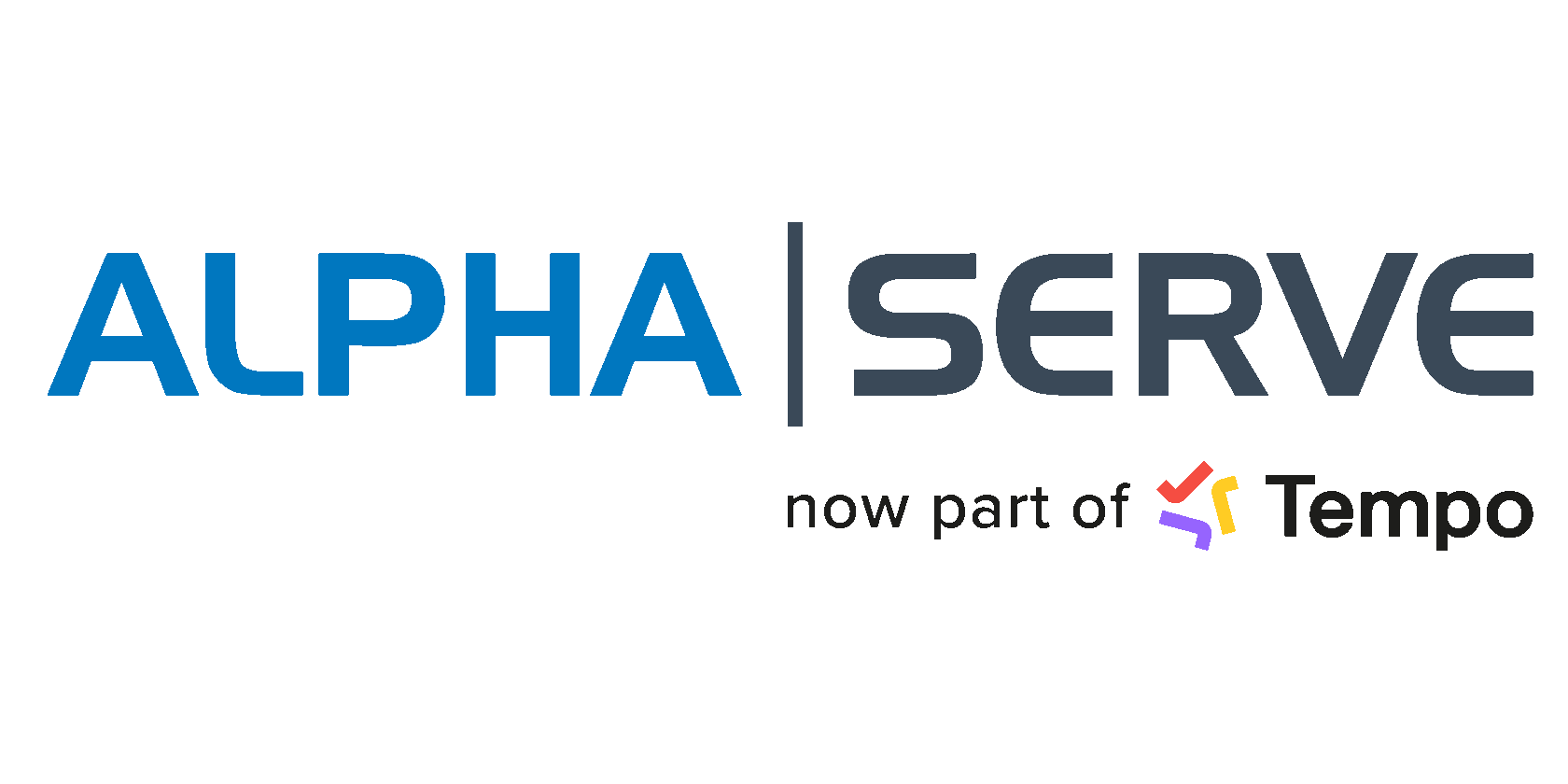When to Use Jira Time Tracking Reports
Published: October 16, 2020
Updated: April 26, 2024


Time tracking is essential for managing all types of projects. Unless you don’t have a real deadline, that is. If you want to meet those and deliver quality products on time, you can’t really do it without tracking progress in one way or another. But you already know that.
What time tracking is also great for is making predictions as to when your team will finish all of their tasks and providing your customers with an estimated date of completion. Without logging your workers’ hours and tracking how much progress they’ve made, all you can really do is guess, and that’s not very accurate nor professional.
It is also one of the principles of agile development: you should always be ready to re-assign tasks in order to achieve maximum efficiency. You should always be analyzing the situation within your office and dedicate more people to areas of your project that need more attention.

So, today we will be discussing Jira’s time tracking functionality, its use cases, and how to use it. Yes, Jira actually features time tracking built into it by default.

Concrete Examples of Using Jira Time Tracking Reports
How to Configure Time Tracking in Jira
Conclusion
Here’s what we’ll cover:
It is a table of contents. Click on the needed subheading and switch between parts of the article.
Concrete Examples of Using Jira Time Tracking Reports

So far, the message in this article sounds something like this: “you should always track your time and progress”. And that’s true! But that’s awfully generalized. So, let’s take a look at some more defined use cases for Jira Time Tracking Reports.
Firstly, of course, they can be used for tracking each individual task, issue, and project. Then, this data can be used for giving your clients more accurate estimates for when your product will actually be delivered to them. We already mentioned that above.
Have you ever heard of triangulation? It’s the more scientific term for what we described earlier; the process of identifying more challenging tasks that require extra attention and care directed towards them in order to actually meet your deadlines.
This data can be used to create visual representations of your team’s performance, which are much easier to review and understand in a form of a graph or a chart.
But, as you can imagine, Jira’s own time tracking functionality is rather limited and can be used combined with third-party tools to enhance it.
How to Configure Time Tracking in Jira
Jira’s built-in time tracking is actually on by default, so you don’t need to actually do anything to set it up. There are some options you can adjust though, and in case you’re unfamiliar with what they do we will guide you through them.
If you decide to disable time tracking for one reason or another, you can do so quite easily.

Here’s a pretty descriptive table of all adjustable fields and how they actually affect time tracking.

One important thing to remember: before you make any changes to your time tracking settings, you need to make sure time tracking is off. When you’re done, you can switch it back on.
You’re also able to change tracking permissions.

There is a total of five permission settings for Jira’s time tracking:
- Work on Issues, which allows workers to record all their work on an issue;
- Delete Own Worklogs, granting the ability for a worker to only delete worklogs, created by them;
- Delete All Worklogs, enabling a person to delete each worklog, including ones added by other users;
- Edit Own Worklogs, only allowing a person to edit their own worklogs;
- Edit All Worklogs, and we’re sure you already know what this one means.
Here’s the guide to configuring time tracking that we borrowed all of the information from.
This is how your time tracking report will look like.

You can also enable subtasks, which will alter its appearance slightly.

Follow these simple steps to create your own time tracking reports.
1. Go to the project that you need to create a report for.
2. In the sidebar, press Reports > Forecast & Management > Time Tracking Report.

3. In the Fix Version drop-down, pick the version you need a report on. The report will feature every issue, relevant to this version.
4. Pick a sorting mode from the Sorting drop-down to choose the way your issues should be ordered.
5. In the Issues menu, you can either pick the issues you want to be included in your report or select all of them at the same time.
6. If you enabled sub-tasks, you can also select them from the Sub-task drop-down, or include all, just like in the Issues menu.
Here is a more complete guide to time tracking reports.
Conclusion
With Time Tracker for Jira, you can extend that functionality even further and receive higher-detailed reports on a wider array of data types and enjoy the benefits of complete automation.
Related Topics
Related Topics

